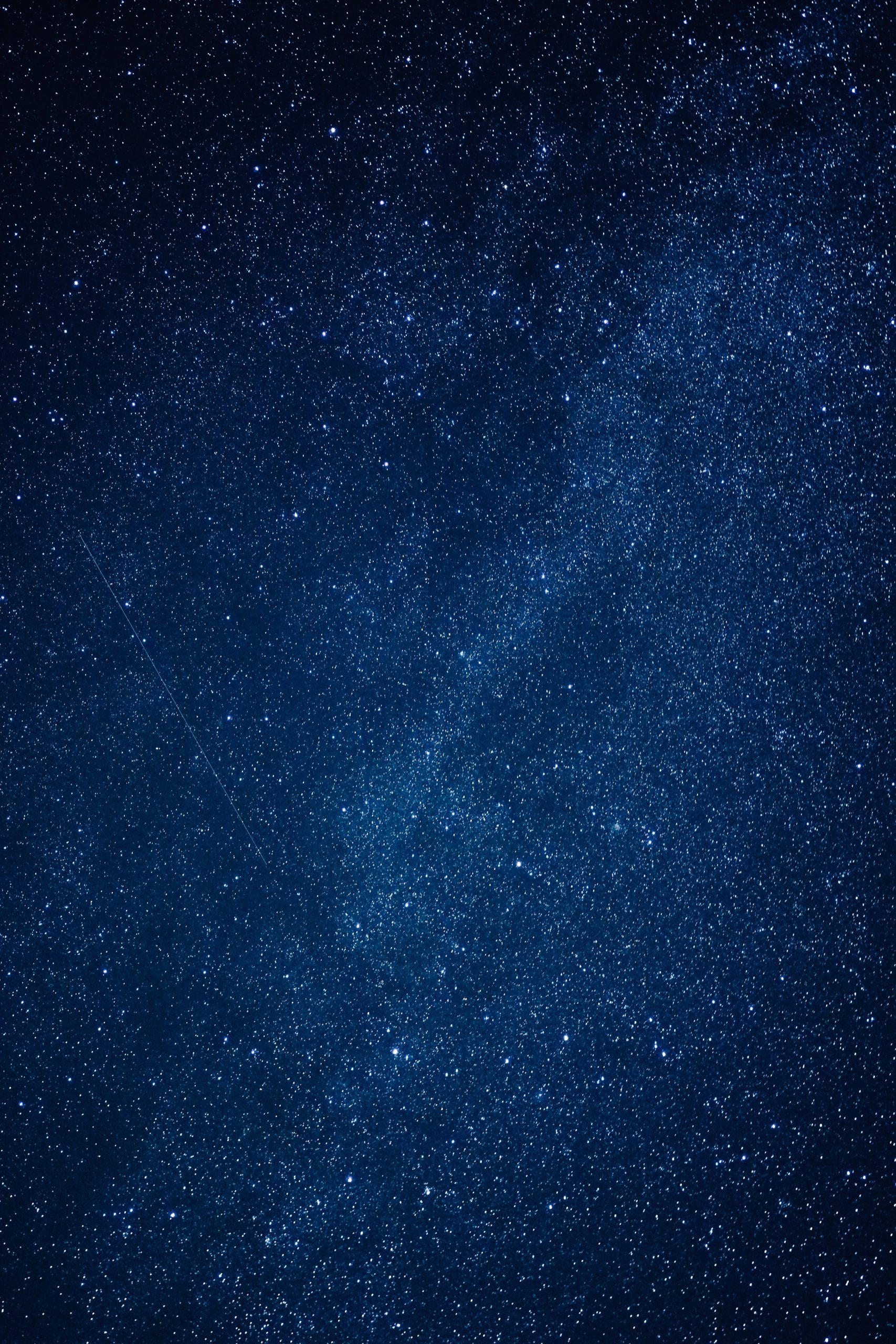Is a Crescent Moon Waxing or Waning?
For centuries, humans have been fascinated by the beauty and mystique of the moon. Its ever-changing shape in the night sky has captivated astronomers, poets, and dreamers alike. But have you ever wondered whether a crescent moon is waxing or waning? In this blog post, we will explore the various phases of the moon and dive into the science behind the waxing and waning crescent moon.
The Phases of the Moon
Before understanding whether a crescent moon is waxing or waning, it is crucial to familiarize ourselves with the different phases of the moon. The moon goes through eight primary phases:
- New Moon
- Waxing Crescent
- First Quarter
- Waxing Gibbous
- Full Moon
- Waning Gibbous
- Last Quarter
- Waning Crescent
The waxing and waning crescent moon fall under the broader category of crescent moons.
What is a Crescent Moon?
A crescent moon refers to the lunar phase when less than half of the moon’s visible surface is illuminated. It resembles a slender, curved shape and can appear either before or after a new moon phase. Understanding whether a crescent moon is waxing or waning requires knowledge of its position in relation to the sun.
Waxing Crescent Moon
A waxing crescent moon is seen shortly after a new moon. During this phase, the moon is gradually moving away from the sun in the sky. The illuminated portion of the moon is increasing, but it is still less than half. From an observer on Earth, the crescent appears to be shaped like the letter “C.”
To visualize the waxing crescent moon’s orientation, imagine a clock face. The illuminated portion of the moon starts on the right side and steadily grows towards the left. As the days pass, the curve of the crescent becomes more pronounced.
Position in the Sky
The waxing crescent moon is visible in the western sky after sunset. It sets a few hours after the sun does, making it challenging to observe late at night.
Waning Crescent Moon
The waning crescent moon occurs just before the new moon phase. During this phase, the moon is progressively moving closer to the sun in the sky. The illuminated portion of the moon is still less than half, but it is decreasing. The crescent appears to be shaped like the letter “D.”
Using the clock face analogy, the illuminated portion of the waning crescent moon starts on the left side and shrinks towards the right. The curve of the crescent becomes less prominent as the days go by.
Position in the Sky
The waning crescent moon is visible in the eastern sky before sunrise. It rises a few hours before the sun does, making it challenging to observe late at night.
The Mechanics Behind Waxing and Waning
To understand why the crescent moon waxes and wanes, we need to grasp the relationship between the Earth, moon, and the sun.
The moon orbits the Earth while the Earth orbits the sun. When the moon is positioned between the Earth and the sun, the side of the moon facing the Earth appears dark, causing a new moon. As the days progress, the moon moves away from the sun, causing a waxing crescent moon to become visible.
Conversely, during the waning crescent moon phase, the moon moves closer to the sun, making the illuminated portion of the moon decrease until it reaches a new moon again.
Tracking the Crescent Moon
Observing the moon’s position and phase can be a fascinating hobby or a valuable skill for astronomers and skywatchers. To help keep track of the moon’s phases, you can use a variety of tools, both traditional and digital. One of the most accessible methods is using a lunar calendar or moon phase app.
Lunar Calendar
A lunar calendar is a printed calendar that outlines the moon’s phases for a specific year. It not only helps you determine when the crescent moon will appear but also assists with planning celestial events and activities.
Moon Phase App
In the digital age, smartphone apps are a popular choice for tracking the moon’s phases. There are numerous moon phase apps available for both iOS and Android devices. These apps provide real-time updates, as well as additional information like the moon’s rise and set times and its position in the sky.
Conclusion
So, next time you spot a crescent moon in the night sky, take a moment to consider whether it is waxing or waning. By understanding the moon’s position in relation to the sun, you can decipher the phase and appreciate the celestial dance happening above.
Remember, a waxing crescent moon is observed shortly after the new moon phase, while a waning crescent moon appears close to the new moon. Now that you have this knowledge, enjoy exploring the universe’s most captivating spectacle!
Table of Contents
